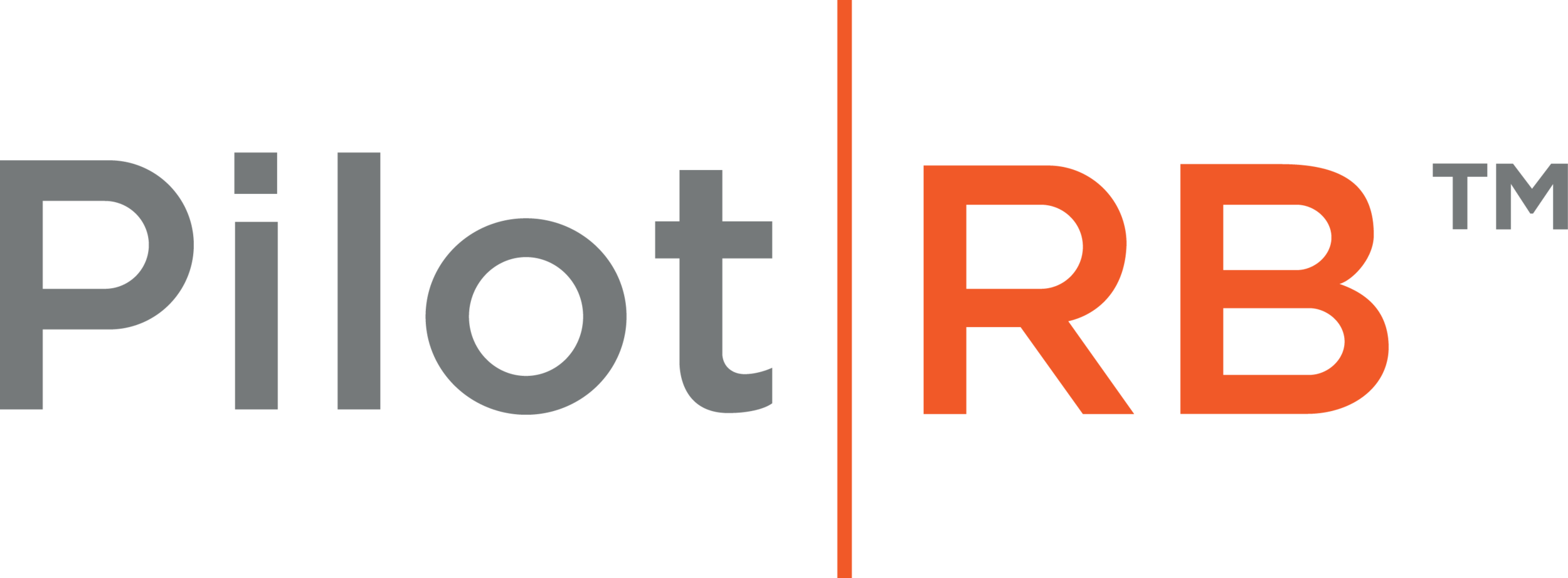Coronavirus Laws Requiring Paid Employee Leave Passes Congress; New York Expands Access to Paid Sick Leave/PFL
On Wednesday, March 18, 2020, the U.S. Senate voted to approve a coronavirus relief bill that was passed by the U.S. House of Representatives over the weekend. The Families First Coronavirus Response Act (HR 6201) requires employers to provide paid leave for some employees related to the COVID-19 pandemic, in addition to expanding the qualified reasons and eligibility for FMLA. The Act takes effect no later than 15 days after it is signed by the president.
Emergency Paid Sick Leave
The Act requires 2 weeks/80 hours of paid sick leave for government workers, and employees of companies with fewer than 500 employees. Leave must be made available immediately to 1) workers who are symptomatic or are under an order or advice to quarantine or self-isolate, 2) workers who have to care for a family member under such an order or advice, or 3) those who have a child whose school or child care facility has closed due to the coronavirus.
The paid leave for employees who are actively sick with COVID-19, or under government or health care provider quarantine, is 100% of salary, to a maximum of $511 per day, and $5,110 for the 2 weeks of leave.
The paid leave for employees under self-directed isolation or self-directed quarantine, or caring for a child because their school or child care iof closed for COIVD-19 concerns, is paid at ⅔ of salary, capped at $20 per day and $2,000 over the 2 weeks.
Emergency Family and Medical Leave Act
The Act provides FMLA rights for some employees of companies with fewer than 500 employees, requiring partially paid leave after 10 days when an employee is unable to work or telework due to school or child care closures related to the coronavirus (note the first 10 days will be covered by the paid sick leave above in many cases).
After the first 10 days, the leave will be paid at ⅔ salary, capped at $200 per day and $10,000 for the full 12 weeks.
Employees will be eligible for FMLA leave under this Act as long as they have been employed for 30 days (rather than the 1 year/1250 hours of service requirement).
Coverage for COVID-19 Testing
Effective immediately, the Act requires group health plans and health insurance issuers to cover COVID-19 testing without imposing any cost sharing (such as deductibles, copayments or coinsurance) or prior authorization or other medical management requirements.
New York Paid Sick Leave for COVID-19
New York will be passing a bill (full text here), requiring that employers provide paid sick leave for employees affected by COVID-19 and quarantine. It expands Paid Family Leave (PFL) benefits to cover an employee or their dependent child if they are under a mandatory or precautionary order of quarantine or isolation due to coronavirus.This includes an order issued by the state of New York, the department of health, local board of health, or any government entity duly authorized to issue such order due to COVID-19. The bill will allow these employees to collect PFL benefits, supplemented by increased DBL benefits to make their weekly wages whole, with no waiting period, for those who earn up to a maximum of $150,000 annually, as follows:
Employers with 10 or fewer employees and a net income less than $1 million will provide job protection for the duration of the quarantine order and guarantee their workers access to Paid Family Leave and disability benefits for the period of quarantine.
Employers with 11 - 99 employees and employers with 10 or fewer employees and a net income greater than $1 million will provide at least 5 days of paid sick leave, job protection for the duration of the quarantine order, and guarantee their workers access to Paid Family Leave and disability benefits for the period of quarantine.
Employers with 100 or more employees, as well as all public employers (regardless of number of employees), will provide at least 14 days of paid sick leave and guarantee job protection for the duration of the quarantine order.
